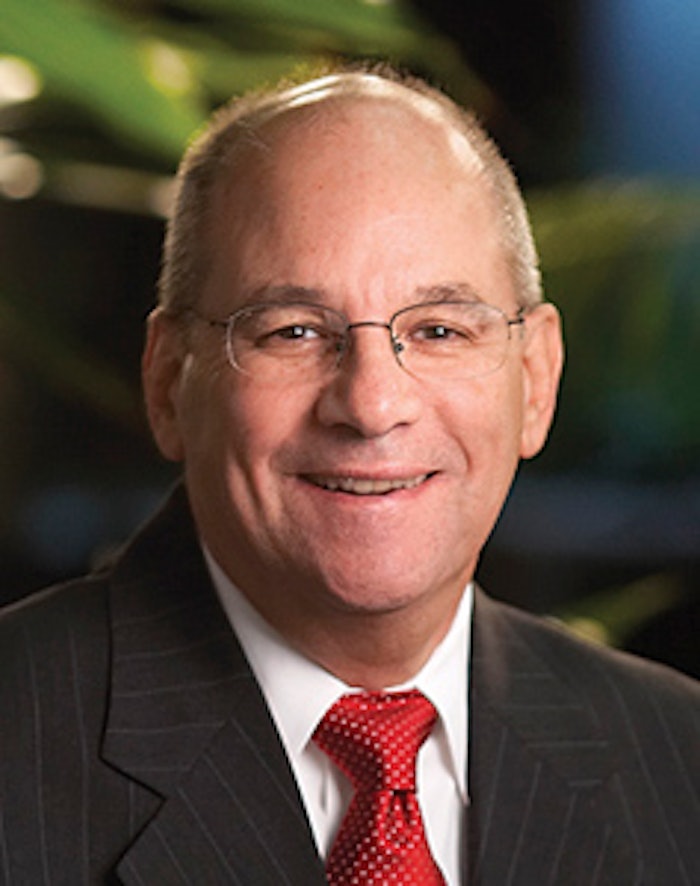
“Because cleaning products formulators often rely on fragrance manufacturers to develop and deliver the fragrance for their products, fragrance manufacturers are required to provide an end product that meets the customer’s specifications for sustainable,” says Jessica Johnson, senior producer of “Sustainable Fragrances for Cleaning Products,” taking place June 3–5, 2009, at the Marriott Washington in Washington, DC. Ladd Smith, president of the Research Institute for Fragrance Materials, adds that this “complex logistical web” is made all the more daunting because “there’s really not an industry standard or a worldwide gold standard for what’s sustainable.” Smith will join Marian Marshall, director of government relations for The Roberts Group, Lauren Heine, senior science advisor at Clean Production Action, and others during “Sustainable Fragrances” to address these and other challenges.
Working definition
According to some estimates, “truly green” cleaners make up just 2–5% of the $17.5 billion US cleaning products market comprising household, janitorial, food service and laundry chemicals. “If somebody has a choice [between a green and a traditional product], and they’re the same price or very, very close, and they really want to buy green, then they will,” says Smith. But what is truly green? “When we use green or sustainable or any of those [related] terms, there’s a general understating of what they mean,” Smith says. “Consumers feel good buying sustainable products, even if they don’t know what the term entails.” The solution, he says, lies in “what do people really want, what do they require?” The answers to these questions will likely point toward a working definition within consumers’ and the industry’s general understanding in order to codify concepts like ecologically friendly, natural and sustainable.
“Are you talking about economic sustainability?” Smith says, pointing out the numerous variables in play. “Are you talking about environmental? Is there a threshold or even criteria for each of those categories so you can say with a reasonable amount of certainty, ‘Here’s what I mean and here’s what it is.’ I’m going to guess that there are going to be two or three or even five years of discussions before the terms are out there and understood.” Meanwhile, he says, “If you think of fragrances as a niche specialty chemical market, is that [understanding of green terms] going to be the same definition that you find within the general chemical industry? Will there be compatibilities or conflicts?”
Anatomy of sustainability
Smith uses an algorithm analogy to outline how sustainability could be measured and achieved. For instance, he says, assume that economic sustainability is one of the key measures. A tolerable variance (%) could be established, outside of which (above or below) it would no longer be considered economically sustainable. This one metric would then affect the overall sustainability equation, influencing the overall decision process. Smith doesn’t claim to know what the full sustainability equation will look like, how many parts it will contain or what the allowable variances could be. It is, however, reasonable to assume that energy expended in production and transportation, packaging, and environmental waste would be key factors in assessing a product’s sustainability.
Smith likens the process to the writing of a new ASTM International standard. “We need to get the experts and stakeholders in the room to figure out what the appropriate mix is and then agree on something to go forward,” he says. “I could also say—in the continual improvement way of thinking—that we probably need to put something down on paper and think about it and test it over time because we’ll go back and modify it. We won’t know that until we try it.”
Industry resources
Finally, Smith notes that technical considerations will be an indispensible element in formulating sustainable products. “Companies are pretty flexible,” he says. “They have a lot of expertise. Sustainability is probably going to be … in the realm of engineering. It’s the underlying technology of actually producing something that’s effective. Performance matters. Sometimes performance is related to fragrance and smelling clean, but if you use something and it doesn’t take the stain out … then it probably isn’t a good alternative. It first has to perform.”
Learn more about “Sustainable Fragrances for Cleaning Products” at www.sustainablefragrances2009.com.










